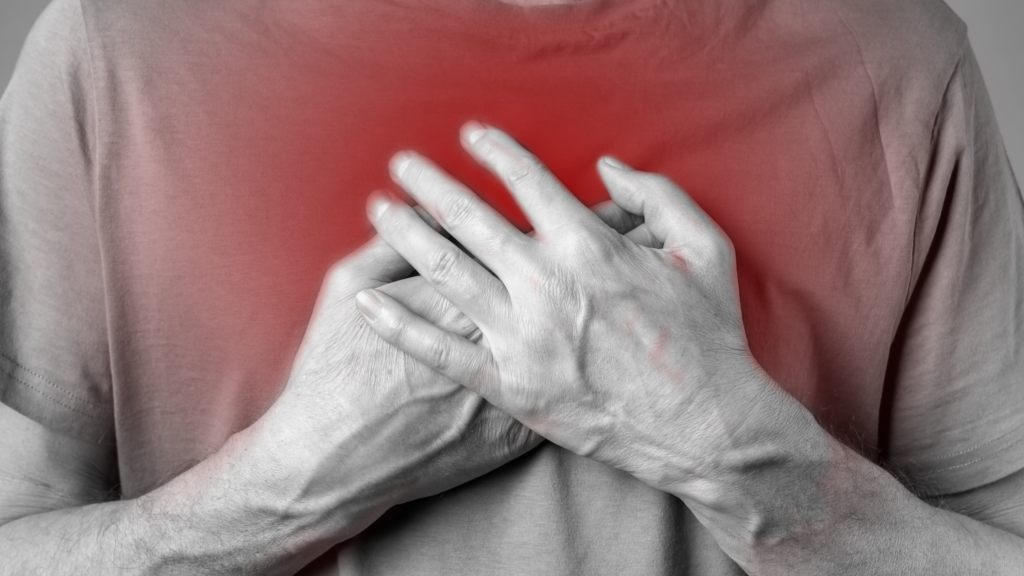Angina is a symptom that most of us have experienced at least once in our lives. Sometimes it's just a temporary feeling, but it can also be a sign of serious health problems.
This condition not only affects daily comfort but also causes anxiety and confusion for sufferers. In this article, we will learn about the causes, symptoms and treatment of this condition.
What is chest pain?

Angina is a sharp, squeezing, squeezing pain in the chest area caused by poor blood circulation to the heart muscles. Usually not life-threatening, but it is a warning sign that you may be at risk for a heart attack or stroke.
Although this is a common symptom, it is still quite difficult to distinguish from other types of chest pain, such as digestive discomfort. If you have unexplained chest pain, see your doctor as soon as possible.
Types of angina
Stable angina

Stable angina is the most common form of angina. Usually occurs during operation (stress) and disappears with rest or pain medication. For example, pain that occurs when you walk uphill or in cold weather.
Unstable pain

Unstable angina is unpredictable and gets worse and lasts longer than stable pain (20 minutes or more). Moreover, the pain does not go away with rest, it is unstable and dangerous, requiring emergency treatment.
Signs of angina
Symptoms of the condition include pain and discomfort in the chest area, such as:
- Feeling like the chest is suffocated
- Pain may also radiate to the arms, neck, jaw, shoulders, or back
- Dizzy
- Tired
- Nausea
- Shortness of breath
- Constant sweating
If you have the above symptoms, you should see a specialist for timely diagnosis and treatment.
Causes of angina pectoris
This condition occurs because of poor circulation of blood to the heart muscle. Blood carries the oxygen that the heart muscle needs to survive, when the heart muscle does not receive enough oxygen, this causes a condition called myocardial ischemia.
The most common cause of decreased blood flow is fatty deposits called plaques, which can quickly block blood flow to the heart muscle.
Several methods of treatment
Drugs
Certain medications can improve angina symptoms. But be aware that you should consult your doctor before taking any drugs.
Angioplasty and stenting
Angioplasty, also known as percutaneous coronary intervention, increases blood flow through a blocked artery and relieves angina.
EECP – Enhanced External Reflection
This is a technology that stimulates blood flow and creates new blood vessels without surgery or chemicals.
Change to a healthier lifestyle
- No smoking.
- Eat with a healthy diet.
- Avoid or limit alcohol/beer use.
- Regular exercise and sports such as Yoga therapy, running, cycling, etc.
- Maintain a healthy weight.
- Manage other health conditions associated with heart disease.
- Reduce stress.
- Get recommended vaccinations to avoid heart complications.
Nguyen hopes that the above sharing will be effective and useful for your situation. Besides, there are also many articles on health and yoga therapy at Nguyen's blog, especially Youtube channel Nguyen has many other useful exercises and movements, please follow and look forward to Nguyen!
References
Angina treatment: Stents, drugs, lifestyle changes — What's best?



